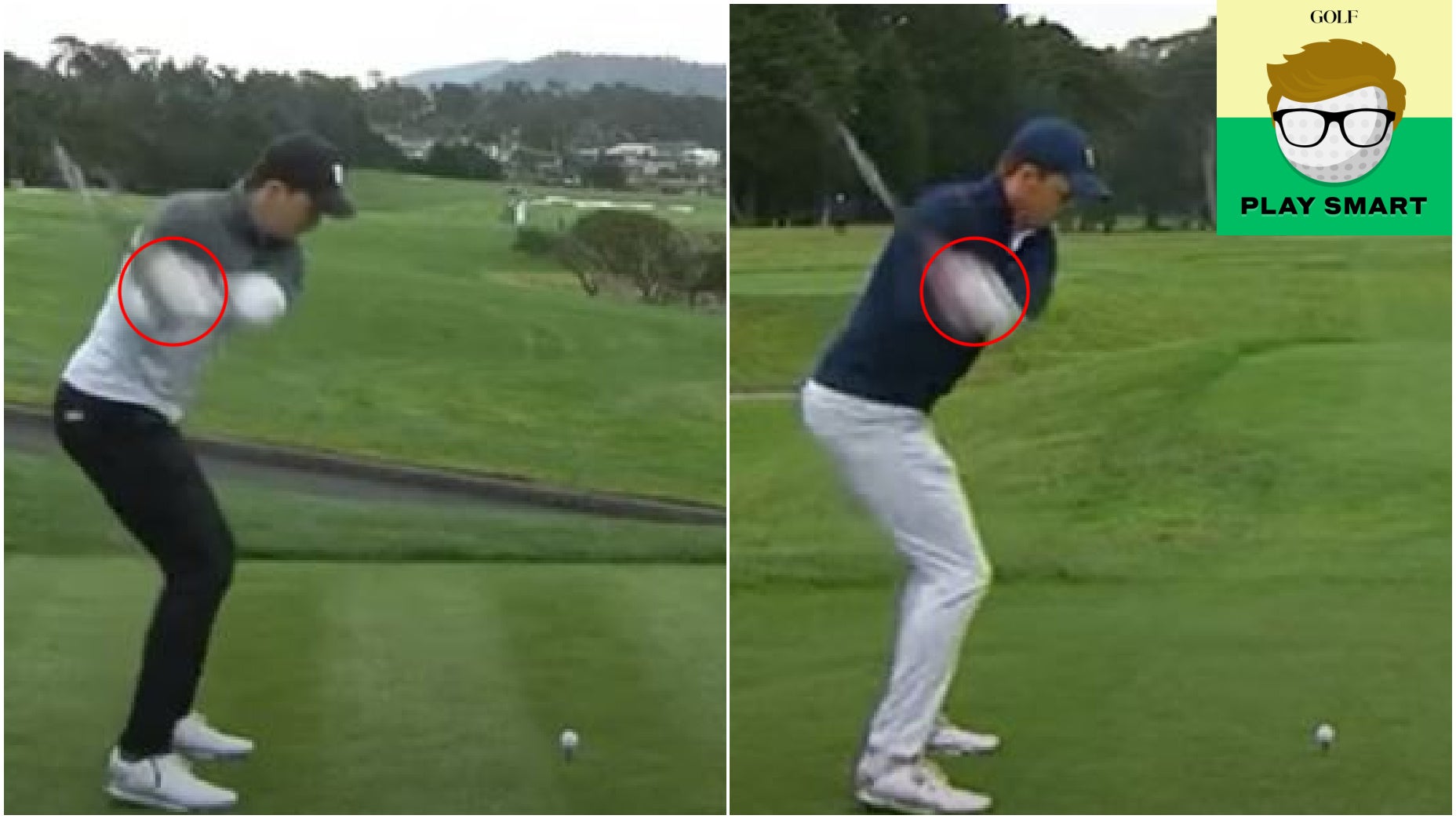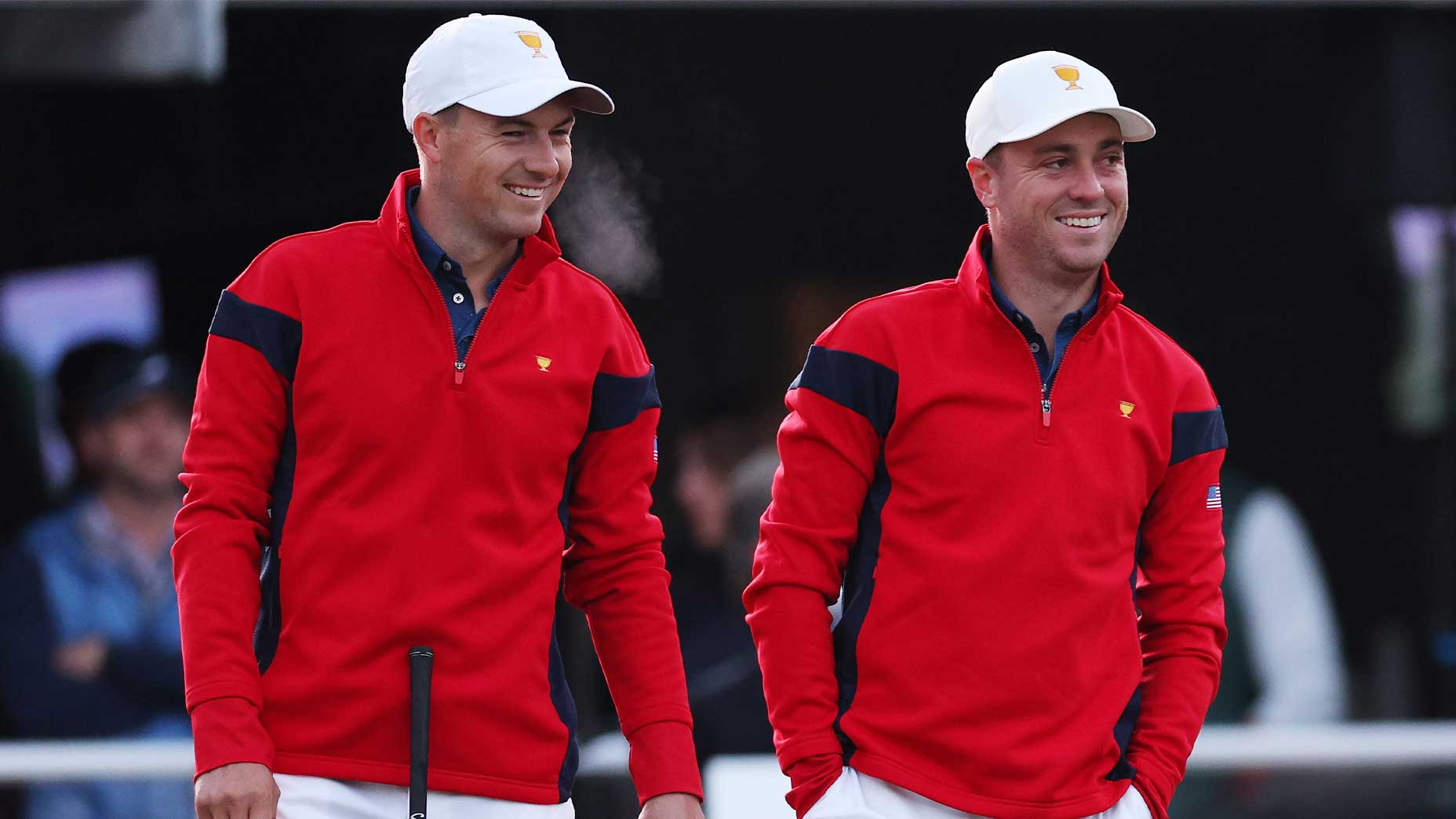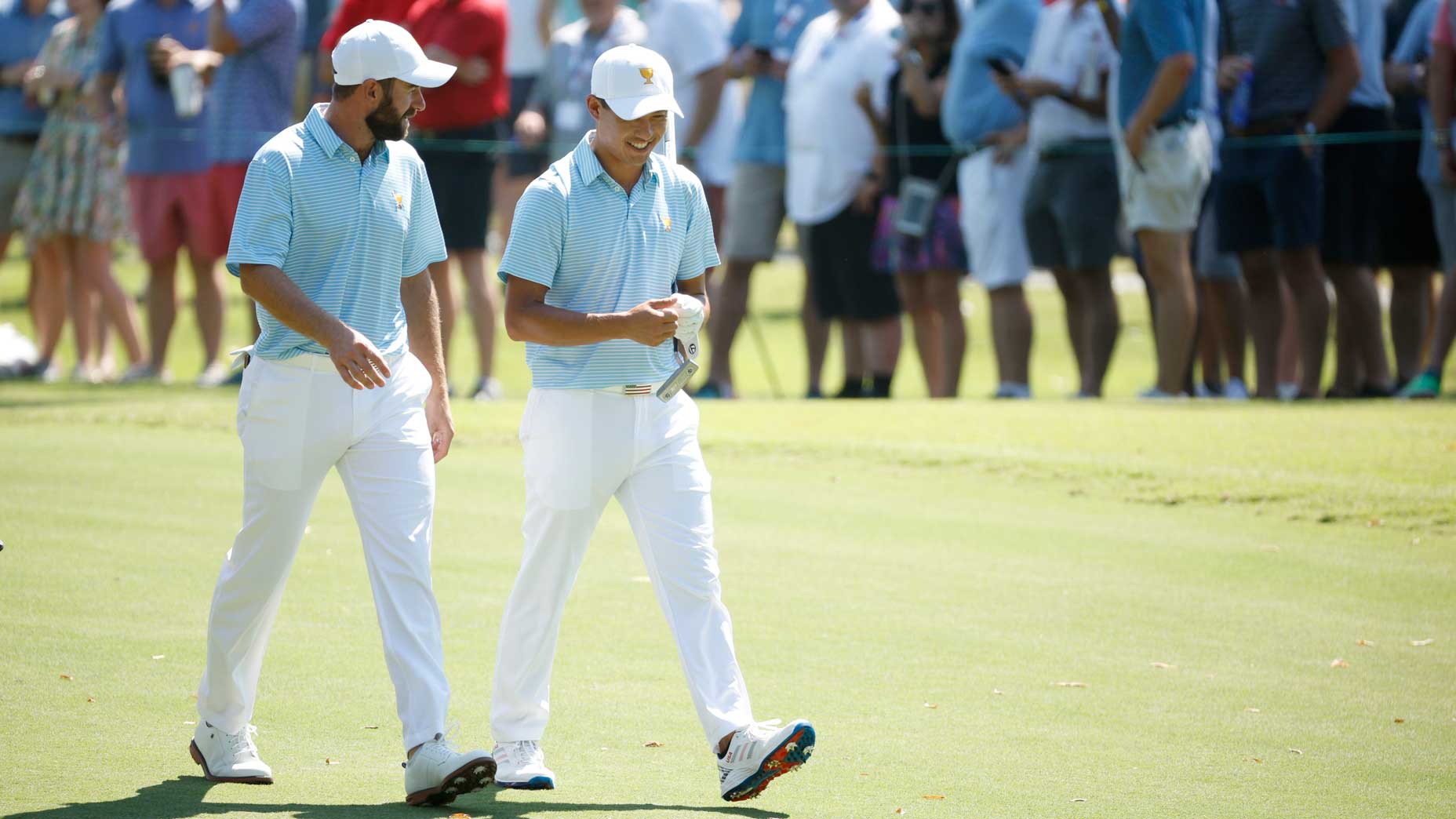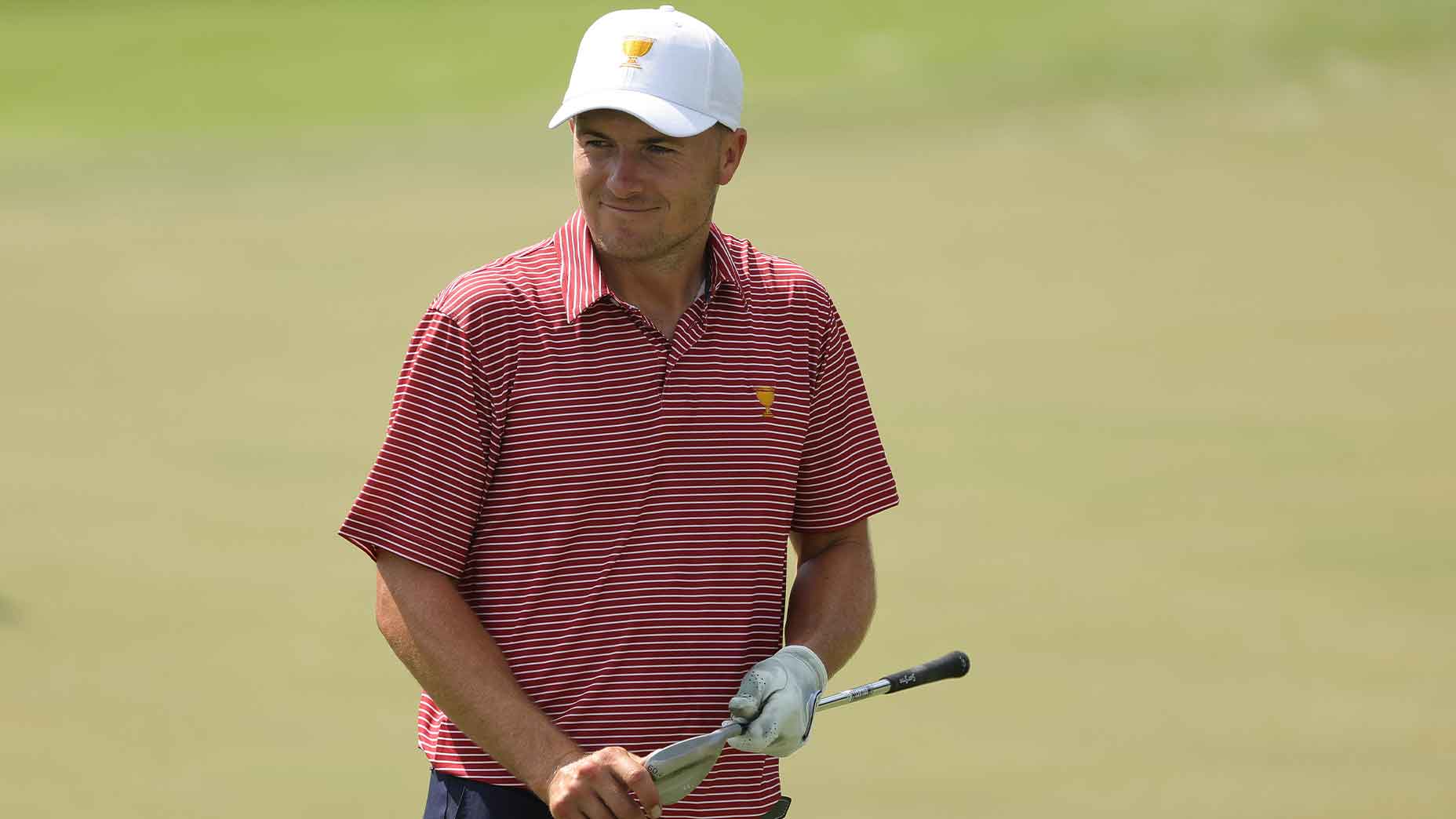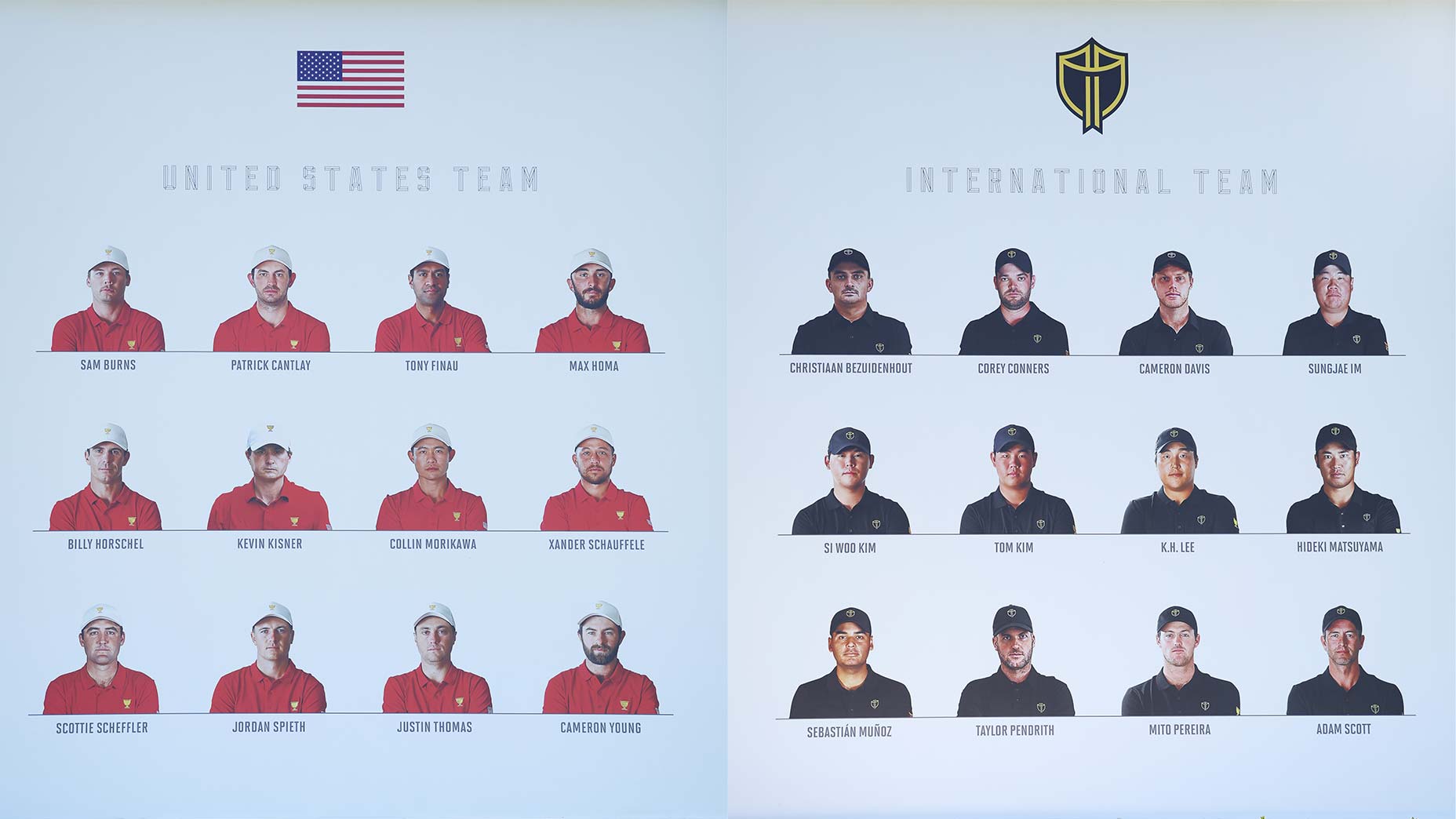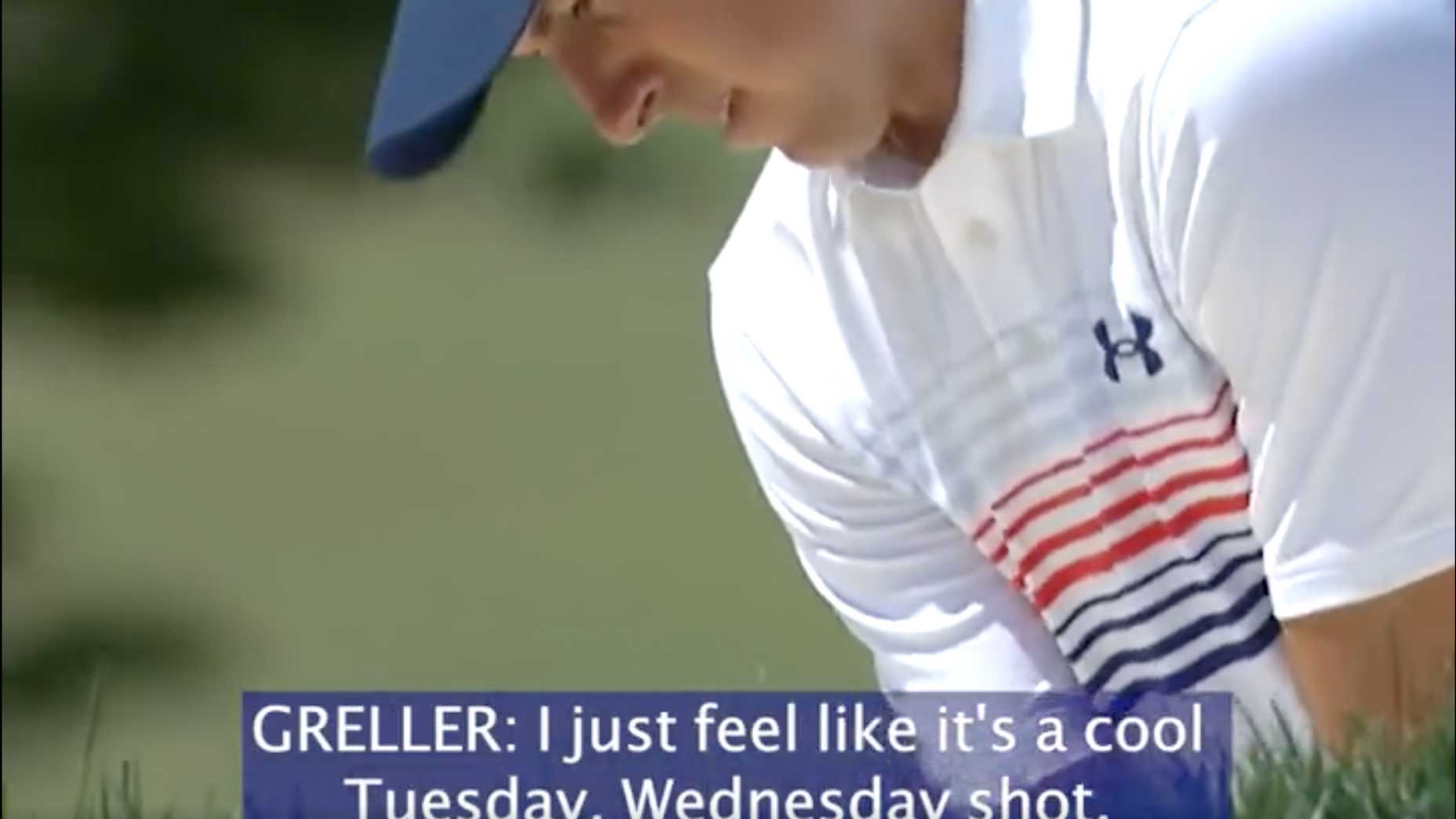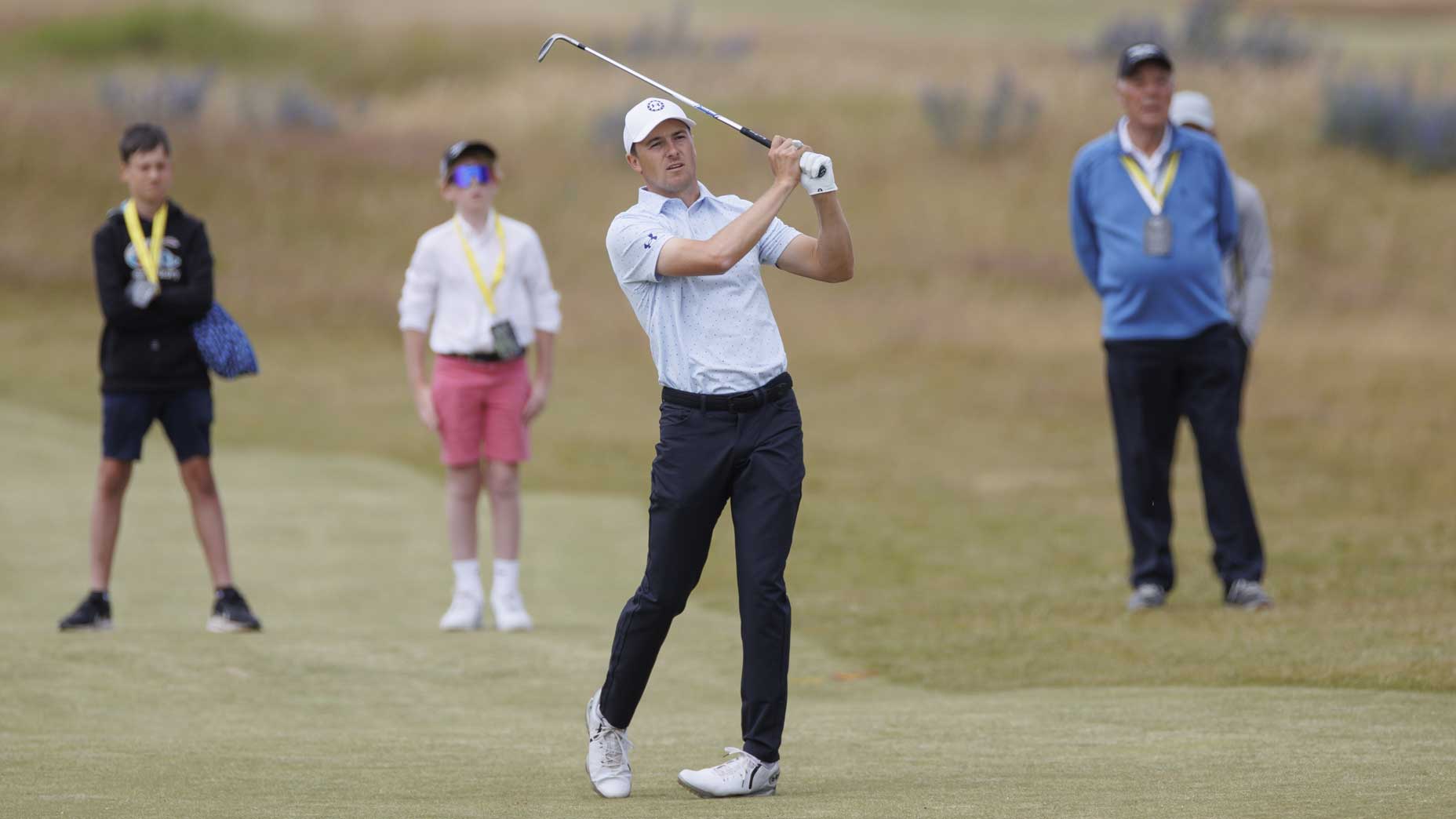Jordan Spieth, ahead of Saturday’s third round at the Valero Texas Open, takes his iron back on the range at TPC San Antonio. He turns his head back, too. Spieth watches his backswing, pauses on the downswing, extends his hands out slightly and lowers the club back down to address. He quickly does it again, then swings.
Two months ago, before the Waste Management Phoenix Open, Spieth was lost. From 2013 to 2017, he won 11 times on the PGA Tour and twice internationally, including three majors. He spent 26 weeks as the world’s No. 1 player. Spieth, in Phoenix, was 92nd. He hadn’t won since the 2017 Open Championship. (And still hasn’t. More on that in a second.) You, him and everyone else had tried to figure out why.
After Phoenix, for the past two months, Spieth’s been found. He was tied for the lead after three rounds at the Waste Management before tying for fourth. A week later, Spieth led by two after three rounds at the AT&T Pebble Beach Pro-Am before tying for third. At the start of March, Spieth was two shots back after 54 holes at the Arnold Palmer Invitational before tying for fourth. He entered Sunday’s final round at the Valero tied for the lead.
What’s Spieth working on? pic.twitter.com/9IPmxHdG2J
— Oma Golf (@oma_golf) April 4, 2021
Back to the range. When did Spieth start his drill?
The Tuesday before the Waste Management Phoenix Open.
There’s more, of course, to Spieth’s resurgence than that. But it certainly hasn’t hurt. Spieth said he’s “just trying to go back in time structurally to a place that I’ve been.”
“He’s trying to shallow the club earlier in his downswing,” analyst Curt Byrum said during Golf Channel’s broadcast of the third round of the Texas Open. “When he shallows too late, that’s when the hips move out toward the ball, the legs move toward the ball and that’s when he has to flip at the bottom to square it up. Try to get to shallower earlier so he can be a little bit more rotational. Some of it has to do with his backswing. It’s a little long and runs off and then when he pulls the club back down, he gets steep on the way back down.”
Why Jordan Spieth might have finally found his golf-swing breakthroughBy: Luke Kerr-Dineen
In mid-February, GOLF’s Director of Game Improvement Content, Luke Kerr-Dineen, wrote that “Spieth was stuck in a timing-compensation cycle that brought a pull, draw, hook, fade and block all simultaneously into play on every swing.” Now, by getting a little more shallow earlier in the downswing, Spieth “doesn’t have to worry about course-correcting.”
Thanks, in part, to his 10-second move.
“It’s kind of a change in the way the shaft’s pitching so I can shallow it out, so I can clear out and get out in front of it,” Spieth said. “I had gotten steep for a while, which makes me back up and flip it, and I’m trying to get shallowed and cleared out to where I can get a more stable face and a lot more consistent ball-striking.”

